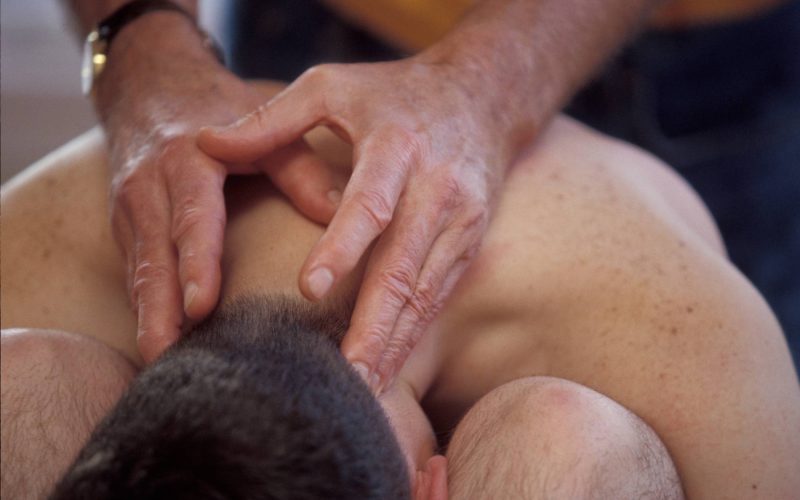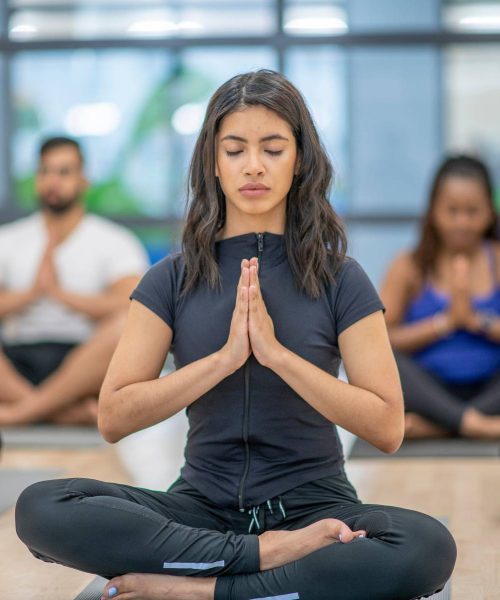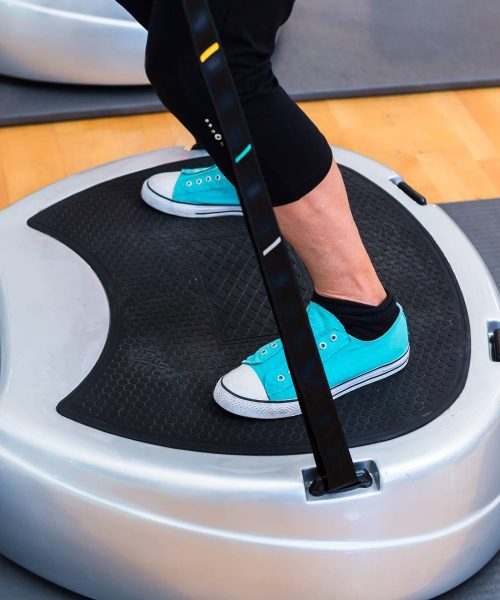Rolfing, a technique developed by Ida P. Rolf about 50 years ago, is a unique form of bodywork that focuses on manipulating the deep connective tissues of the body. While it shares similarities with deep tissue massage therapy, Rolfing offers distinct benefits that set it apart. This holistic approach aims to provide longer-lasting pain relief and promote overall balance and improved posture over time.
Similarities to Deep Tissue Massage
Rolfing shares similarities with deep tissue massage in terms of the therapist’s use of hands to manipulate the connective tissue beneath the skin. Specific techniques are employed to achieve the desired results. Although Rolfing does not diagnose or treat diseases, many individuals who have undergone Rolfing sessions report significant pain relief. Like deep tissue massage, Rolfing can range from gentle and pleasurable to slightly uncomfortable or even “hurt” in a beneficial way. It’s important for clients to communicate any discomfort to the practitioner, who can adjust the pressure accordingly.
The Distinctiveness of Rolfing
While often mistaken as a type of deep tissue massage, Rolfing is a fundamentally different practice. Unlike massage, Rolfing does not involve the use of oil or lotion unless necessary for tissue manipulation. The primary objective of a Rolfing session is not mere relaxation but rather the realignment of the body’s center of gravity. Over time, this realignment helps individuals maintain proper posture in relation to gravity. Unlike massage, Rolfing has the potential to create lasting changes in the connective tissue, particularly the fascia.
Holistic Approach and Individualized Assessment
A Rolfing practitioner goes beyond the physical manipulation of tissues. They evaluate posture, observe how the body moves, and may ask clients to perform exercises to assess their body’s functionality. Massage sessions typically last around 30 minutes, but a Rolfing session can extend up to 1 hour and 15 minutes, allowing for a more comprehensive examination and treatment.
Benefits of Rolfing
Rolfing aims to realign different body parts in relation to each other within the gravitational field. This technique improves posture, enhances range of motion, and ultimately helps alleviate pain. By manipulating the connective fascia, the practitioner guides clients to become more aware of their posture and how they hold specific body parts in relation to the rest of their body.
A Continuous Journey of Transformation
Rolfing is an ongoing process that brings about gradual changes in the connective tissue as individuals develop a heightened sense of body awareness. A typical Rolfing treatment consists of a series of 10 sessions, although clients have the freedom to discontinue at any time. However, stopping treatment prematurely may hinder the full realization of the benefits. Over time, individuals adapt to the changes in their connective fascia, feeling at ease and comfortable with their improved posture. Sessions often conclude with targeted exercises designed to further enhance posture and movement. Before-and-after exercises provide a tangible comparison of the body’s alignment and mobility before and after the treatment.
Embrace the Transformational Potential of Rolfing
Rolfing offers a distinct approach to achieving long-term balance, pain relief, and enhanced body awareness. By working with a skilled practitioner, you can embark on a journey of physical and postural transformation. Discover the potential of Rolfing to optimize your well-being and unlock your body’s innate capacity for balance and alignment.







